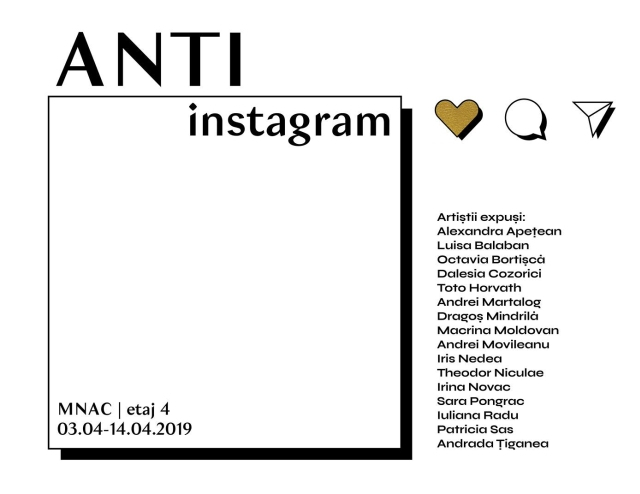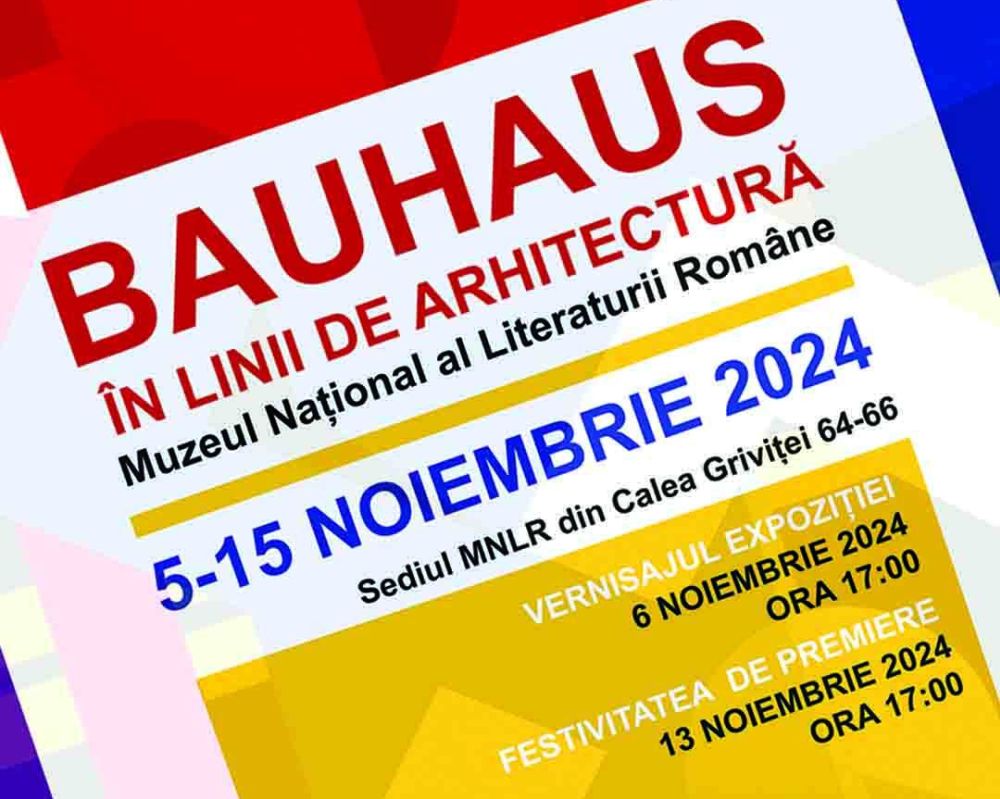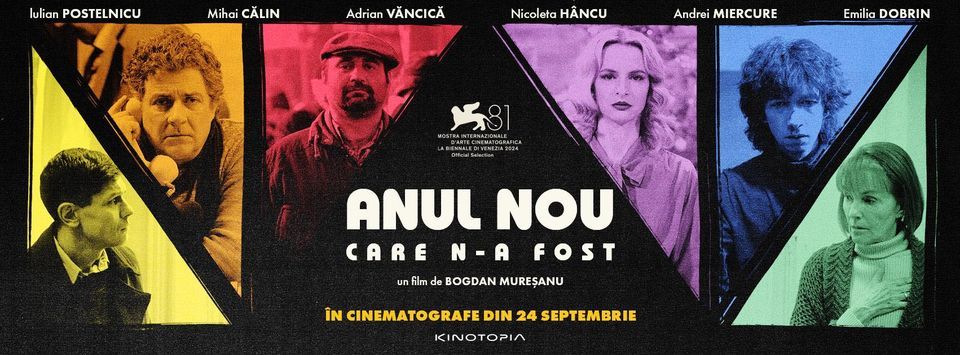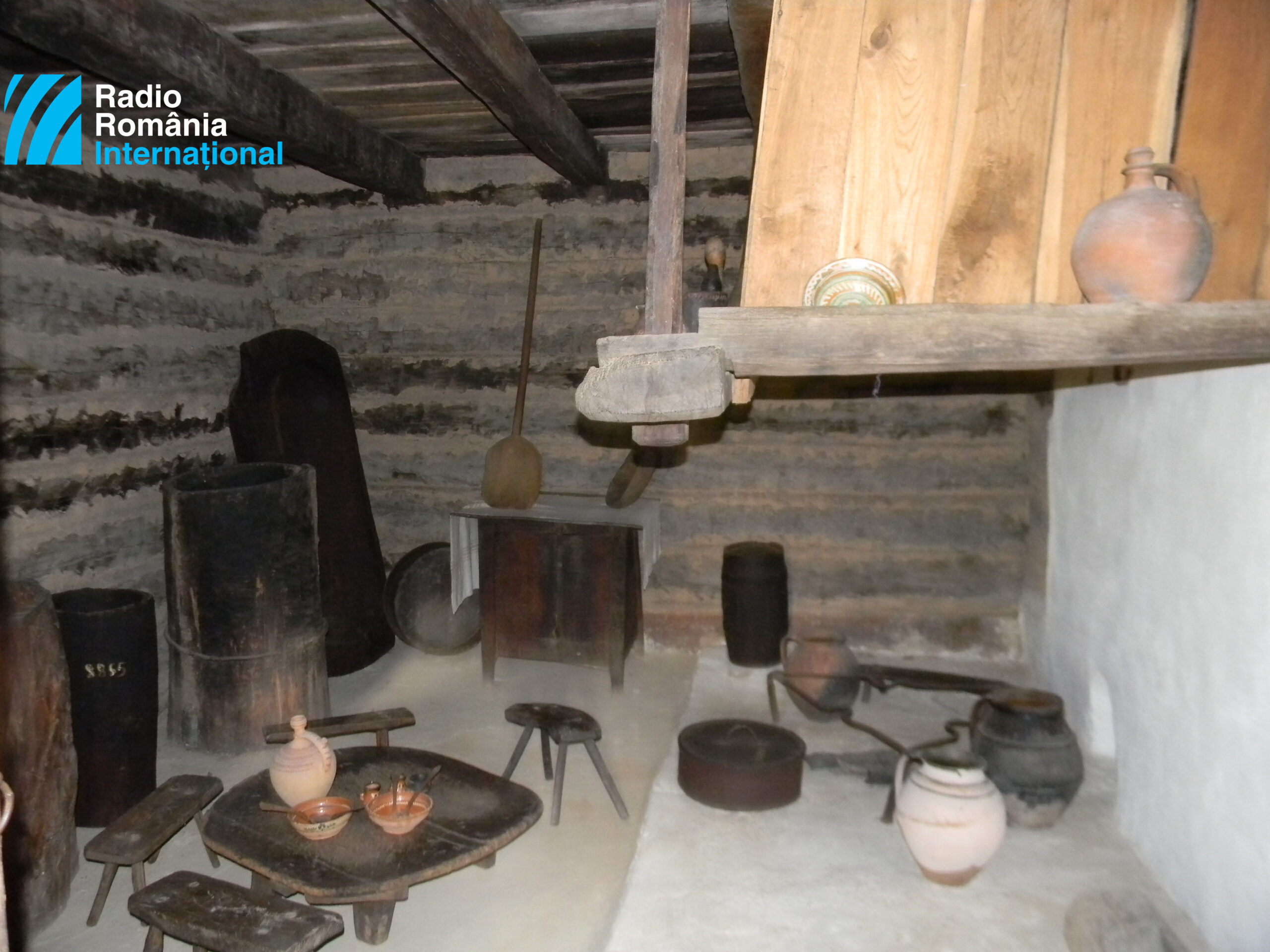The Anti-Instagram Exhibition
The Anti-Instagram Exhibition is the result of a teaching exercise of documentation using photography, film and drawing.

Ana-Maria Cononovici, 09.04.2019, 13:09
Last summer, 20 teenagers from all across the country went to Anina, in southwestern Romania, for two weeks, to explore the social realities of a former mining town which is now deprived of any industry. The slogan of the initiative was What was it like when all was well?. What the young people found out was that the meaning of well differs, as shown by the exhibition- installation which they put together after that.
The ANTI-Instagram exhibition is the result of a teaching exercise of documentation through the regular methods, using photography, film, and drawing. Working in teams, the young people made short documentaries and still pictures using film and Polaroids, cartoons and paintings, all to depict the history of the town and its inhabitants. Using exclusively analogue media helps the artists concentrate on their individual vision in terms of interpretation and ethical issues that presenting reality involves.
19 year-old Irina Novac told us how it all began: “In late August and early September we gathered in Anina, a former industrial town, and we made various visits, each in a different direction. My team went for the culture in Anina. Other teams went for the mines, others for youth, trying to find out what they are doing, and so forth.”
At first sight, Anina seems like an exotic mountain town, but the identity of the space the young people explored starts overlapping with everyday reality. Sara-Patricia Pongrac, 18 years old, told us about the research work: “The team I was in did photo research. We collected stories from people, we talked to them, made portraits of them, and I worked with a colleague on a short film documenting the train route, the Anina-Oravita route, where we filmed people who use this train every day, and they told us about themselves.”
Luisa Balaban, 19 years old, also shared with us her experience in Anina: “I think that right now Anina does not get as much attention as it deserves. It is very interesting to be there and see the perspective of people our age, of young people, because it is a fairly limited city. I loved the fact that I could come into contact with some teenagers, it was very interesting seeing their perspective. Obviously, I had to deal with cliches like: This town is dead, I want to get away from here, I dont feel like there is anything else to do. At the same time, they had very deep roots in this mining culture, their families were deeply rooted in these ideas, and it was interesting to see how these kids, from a town with such a rich history, accept and embrace it, but at the same time they want to get out of there, because they dont see a continuation of it.”
A multi-disciplinary research run by the twenty young people was run in school as part of a One World Romania project, combining history and anthropology theory with various arts.
What motivated the young people to join the project was the interdisciplinary and special approach, according to Luisa Balaban: “The idea of working with analogue film seemed very interesting. I loved taking analogue photos, but the idea of working on 16 mm film seemed extraordinary, an experience I couldnt have had anywhere else. This is why I applied for this project.”
Sara-Patricia Pongrac also told us: “I was very interested when I saw that it was an anthropology research camp. I didnt know what anthropology was all about at first. Then I saw that what we were doing was looking into people and their lives, and the photos and films came after that. We got our inspiration from peoples lives, and we tried to express this in the exhibition and show what we saw there.”
Irina Novac added her thoughts: “I spoke to a friend, who told me about this project, I looked it up on the One World Romania web page, I saw it was far from home, I saw that it was in the summer, I thought it was cool, and that it was about people, so I decided to sign up.”
The result was the installation-exhibition on display at the Contemporary Art Museum of Romania until mid April. Luisa Balaban told us what we can see there: “You can see the circuit we went on, which at first was quite tentative, because we had a lot of ground to cover, and we didnt know where to begin, photos, film, or documentaries. These were areas where we had no experience at all. It is complicated to go around asking people about their history, to ask them to show you photos of the city, as it was in the past, but this is what you see in the exhibition. It was our process of gradually getting to understand the history of Anina, by which people who still live here are ready to share their history with the people who ask them about it.”
One of the characters in a comic strip created for the project is called ‘Boy with a Funnel on His Head’. It is meant to illustrate life in a mining town. The boy goes around the empty streets, finds a funnel, which he puts on his head, turning it into a miners helmet. This is how he starts to discover the realities that surround him. The movies made by the teenage teams may be seen for the entire run of the exhibition.
These creative research workshops are the newest of the projects run by the One World Romania in School.






























